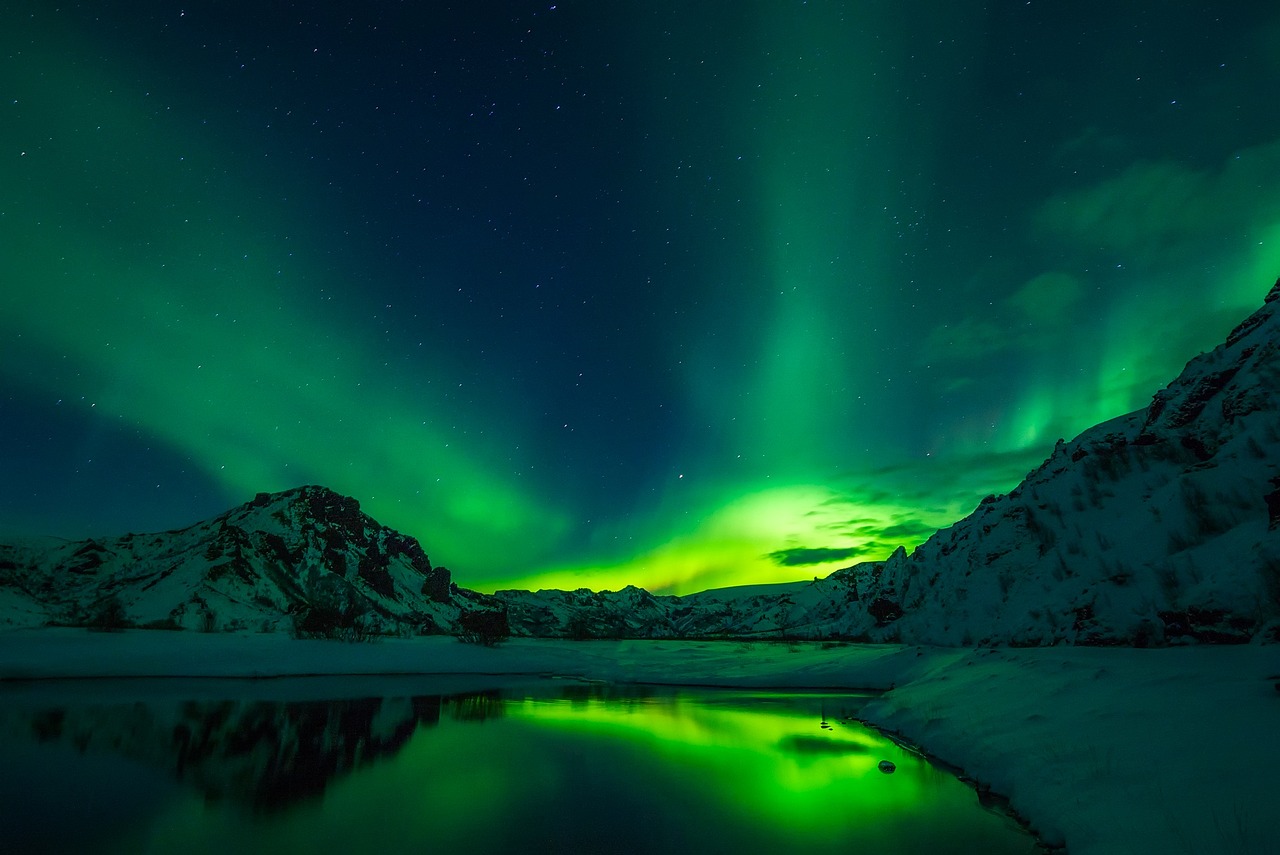
Vocabulary:
I will read the words, meanings, and sample sentences. Then, repeat after me.
- issue /ISH-oo/
- hazard /HAZ-erd/
- retrieve /ri-TREEV/
- prompt /prompt/
- restrict /ri-STRIKT/
[verb] – to supply or distribute officially
The government decided to issue evacuation orders to ensure the safety of the residents.
[noun] – a danger or risk
Authorities warned residents about the potential hazards associated with the volcanic activity.
[verb] – to get or bring something back, especially from a place where it should not be
Residents were allowed a brief window to retrieve essential belongings during the evacuation.
[verb] – to encourage or assist (someone to do something)
Authorities prompted residents to leave their homes quickly and calmly.
[verb] – to limit or control someone or something
Authorities restricted residents to daylight hours during the evacuation for safety reasons.
Article reading:
Please read the whole article. Then, I will check your pronunciation and intonation.
Iceland was recently in a state of emergency due to the potential threat of a volcanic eruption in the southwest, particularly endangering the town of Grindavík. The Icelandic Meteorological Office recorded a significant number of earthquakes in the region, indicating the development of an underground magma tunnel that could reach Grindavík. Authorities were concerned about the possibility of larger earthquakes triggering an eruption. The Civil Protection Agency urged residents to evacuate calmly and emphasized the importance of preparedness. The US Embassy in Iceland issued a volcano alert, warning of potential hazards such as lava, toxic gases, and smoke. The famous Blue Lagoon thermal pool closed due to the completed seismic activity. Iceland, located on a tectonic plate boundary, has frequently experienced volcanic activity, with numerous active volcanoes and eruptions occurring regularly since 2021.
Residents of Grindavik, situated southwest of Reykjavik, were given a brief five-minute window to retrieve essential belongings as a precautionary measure due to completed seismic activity, which was prompted by hundreds of small earthquakes over two weeks. Scientists detected a buildup of magma 5 kilometers underground, indicating a potential eruption. Authorities restricted residents to daylight hours during the evacuation, emphasizing the retrieval of crucial items. The town was evacuated due to a magma corridor detected underneath, posing eruption risks. An orange aviation alert was issued for potential volcanic ash dangers. Concerns rose after a magnitude-4.8 earthquake closed the Blue Lagoon resort. Seismic activity near Grindavik led to a 10-kilometer magma corridor toward the town and sea, as per geology professor Pall Einarrson.
Residents of Grindavik, situated southwest of Reykjavik, were given a brief five-minute window to retrieve essential belongings as a precautionary measure due to completed seismic activity, which was prompted by hundreds of small earthquakes over two weeks. Scientists detected a buildup of magma 5 kilometers underground, indicating a potential eruption. Authorities restricted residents to daylight hours during the evacuation, emphasizing the retrieval of crucial items. The town was evacuated due to a magma corridor detected underneath, posing eruption risks. An orange aviation alert was issued for potential volcanic ash dangers. Concerns rose after a magnitude-4.8 earthquake closed the Blue Lagoon resort. Seismic activity near Grindavik led to a 10-kilometer magma corridor toward the town and sea, as per geology professor Pall Einarrson.
Discussion Questions:
I will read each question. Then, please answer them.
- Have you ever experienced a situation where authorities had to issue evacuation orders? If so, what was the reason for the evacuation? If not, can you imagine what it might be like to be in such a situation?
- Do you live in an area prone to natural disasters like earthquakes or volcanic eruptions? If so, how have you and your community prepared for such hazards? If not, what measures do you think would be important to take in preparation?
- Do you agree with the decision of the authorities to restrict residents to daylight hours during the evacuation?
- How do you think the frequent volcanic activity in Iceland has shaped the way people live and build communities in the region?
- In your opinion, what additional measures could authorities take to improve the preparedness and safety of residents in areas prone to natural disasters like volcanic eruptions?
Summarization
Please summarize the whole article using your own words and expressions. You will have one minute to prepare before you answer.
Describe:
Please explain the definition of each word listed below based on your understanding. You can provide example sentences if needed.
- emergency
- eruption
- emphasize
- measure
- geology